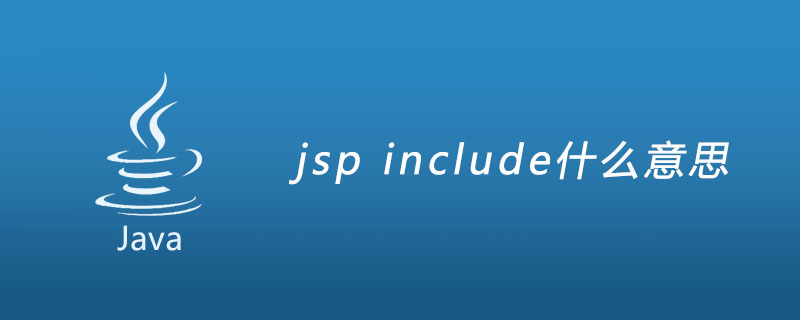Include in jsp allows the inclusion of dynamic files and static files. It has two forms, namely: 1. "<%@ include file=" "%>", which represents the instruction element; 2. "< ;jsp:include page=” ” flush=”true”/>”, indicating behavioral elements. The

#
element allows you to include dynamic files and static files. The results of these two include files are different. If the file is only a static file, then this inclusion only adds the content of the included file to the jsp file. If the file is dynamic, then the included file will also be executed by the Jsp compiler (all this is similar to asp ). You cannot judge whether a file is dynamic or static from the file name. For example, aspcn.asp may just contain some information and does not need to be executed. can handle both types of files at the same time, so you don’t need to judge whether the file is dynamic or static when including it. If the included file is dynamic, then you still need to You can use to also pass parameter names and parameter values.
Attribute
page="{relativeURL | <%= expression %>}"Copy after login
<jsp:param name="parameterName" value="{parameterValue | <%= expression %> }" />+Copy after login
There are two forms of include in jsp, namely
<%@ include file=” ”%>
<jsp:include page=” ” flush=”true”/>
Copy after login
The above is the detailed content of jsp include what does it mean. For more information, please follow other related articles on the PHP Chinese website!



